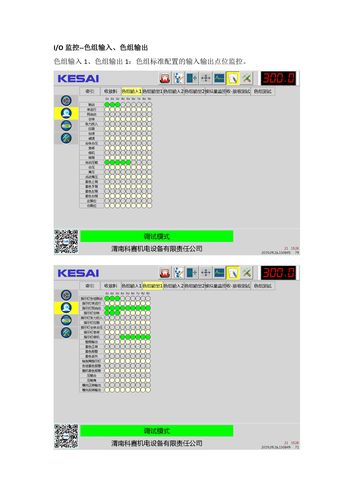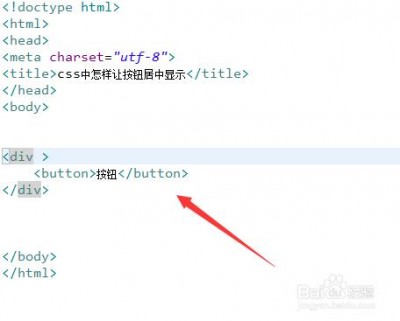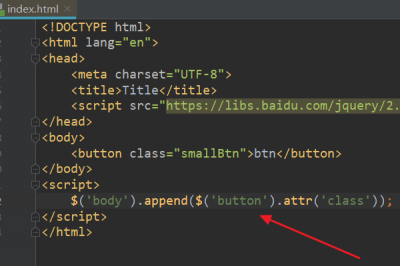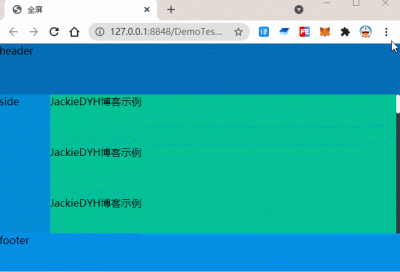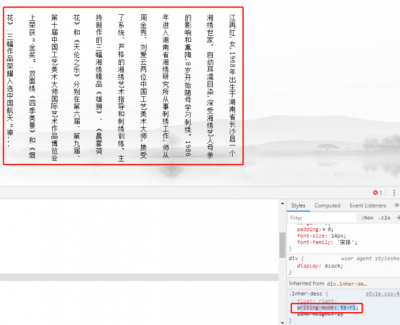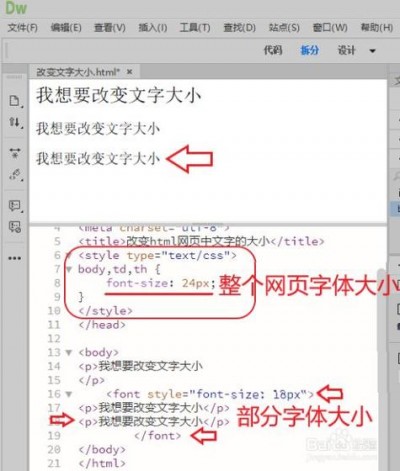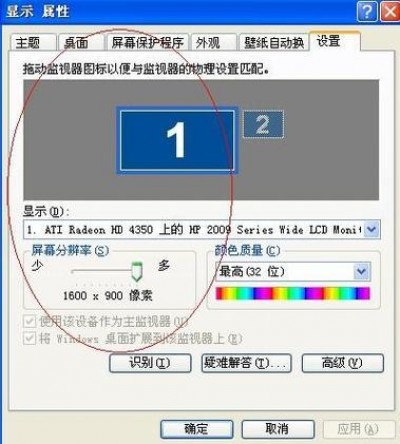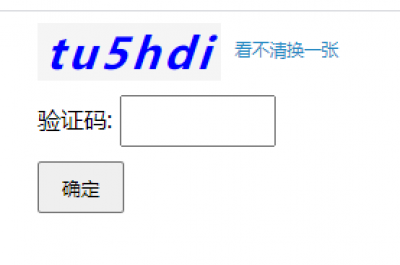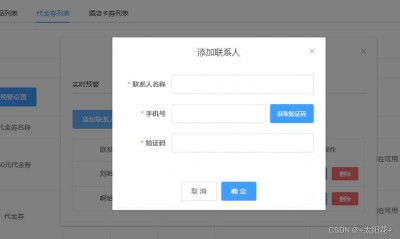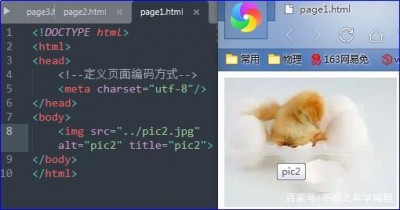需要在Icinga的主配置文件中定义自定义监控项和指标,主配置文件通常位于/etc/icinga2/icinga2.conf。
打开主配置文件,找到modules部分,添加以下内容:
modules += "custom"这将启用名为"custom"的模块。
接下来,创建一个名为custom.conf的配置文件,用于定义自定义监控项和指标,该文件通常位于/etc/icinga2/conf.d/目录下。
在custom.conf文件中,可以使用以下语法定义自定义监控项和指标:
apply Service "customservice" { import "genericservice" check_command = "your_check_command" vars.your_variable = "your_value" } apply Host "customhost" { import "generichost" vars.your_variable = "your_value" }your_check_command是用于检查自定义监控项和指标的命令,your_variable是自定义的变量名,your_value是对应的值。
2. 创建自定义检查命令
为了能够执行自定义监控项和指标的检查,需要创建一个自定义的检查命令。
在Icinga的主配置文件中,找到commands部分,添加以下内容:
commands += "customcheck"这将启用名为"customcheck"的检查命令。
接下来,创建一个名为customcheck.sh的脚本文件,用于实现自定义监控项和指标的检查逻辑,该文件通常位于/usr/lib/nagios/plugins/目录下。
在customcheck.sh文件中,可以使用以下语法实现自定义监控项和指标的检查逻辑:
#!/bin/bash Custom check logic goes here Check if the required command exists if ! [ x "$(command v your_required_command)" ]; then echo "Command not found: your_required_command" >&2 exit 3 fi Perform the actual check output=$(your_required_command) exit_code=$? Process the output and set the exit code accordingly ... Set the exit code based on the result of the check if [ $exit_code eq 0 ]; then exit 0 else exit 1 fiyour_required_command是用于执行实际检查的命令。
3. 配置自定义监控项和指标的实例
需要在Icinga中配置具体的自定义监控项和指标的实例。
在custom.conf文件中,可以使用以下语法配置自定义监控项和指标的实例:
object CustomService "customservice" { import "customservice" host_name = "customhost" check_command = "customcheck" vars.your_variable = "your_value" } object CustomHost "customhost" { import "customhost" address = "your_address" }CustomService和CustomHost是自定义监控项和指标的类名,your_address是主机的地址。
通过以上步骤,就可以在Icinga中自定义监控项和指标了,记得在修改配置文件后,重新加载Icinga的配置以使更改生效。
